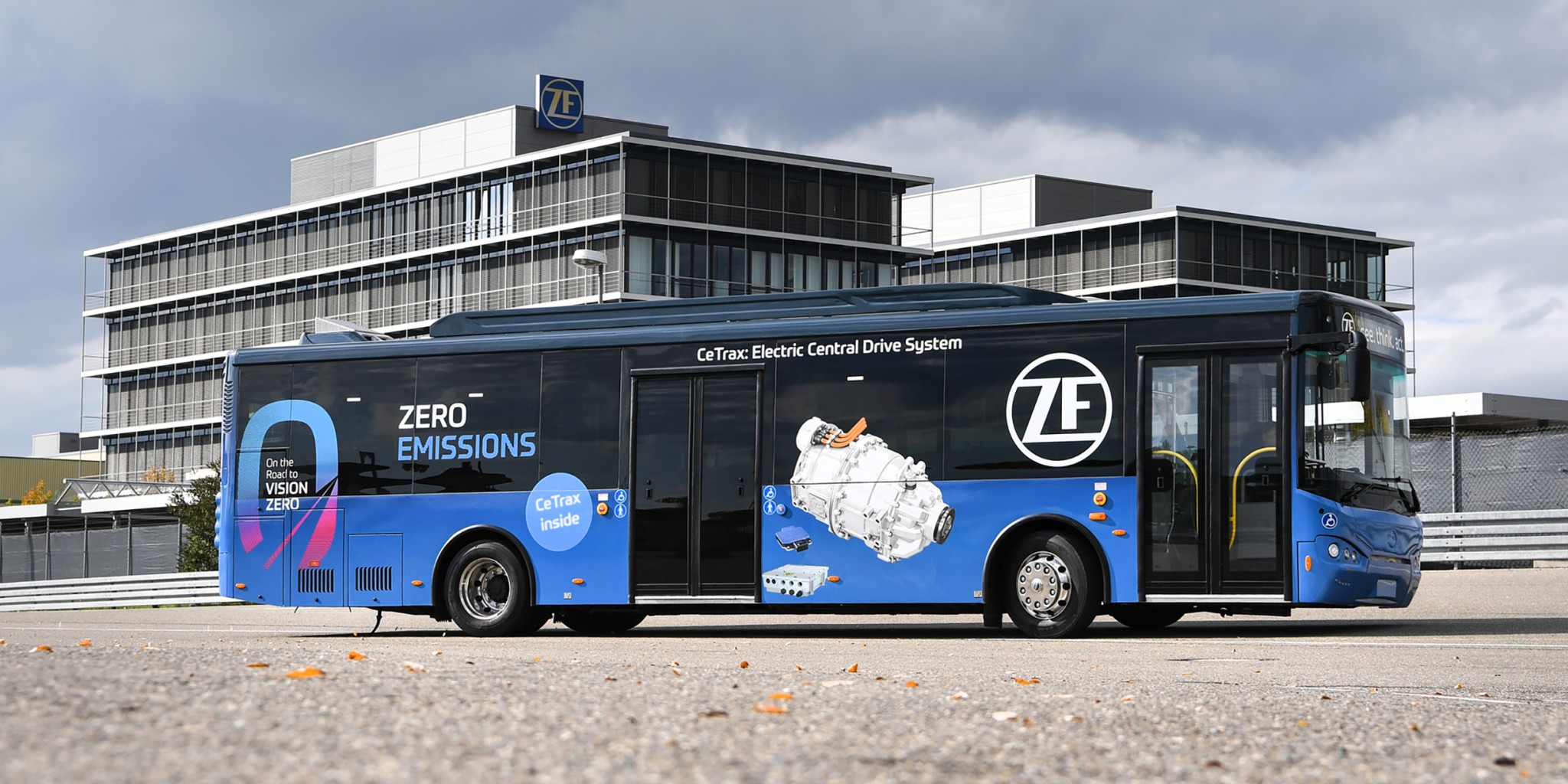Consume less energy: holistic approach
Consume less energy: holistic approach
If the energy requirements of all power users can be optimally coordinated, fuel consumption will decrease. This is precisely the task of an energy management system (EMS). Right from the start, the EMS software coordinates the ramp-up, availability and interaction of all components in the vehicle that are relevant for the energy flow. Both the vehicle's range and the system costs benefit from this, because a smaller battery may also suffice for a constant range. Precisely because the EMS is so important for the overall system, it will be part of the ZF portfolio in the future. Since ZF also uses the electric drive control unit for the energy management system, no additional control units are required. Winfried Gründler, who is responsible for electromobility in ZF's Commercial Vehicle Technology Division, explains: "Only such an integrative approach will make it possible to further increase efficiency in electric vehicles. This shows the strategic importance that software competence has for us." The ZF system is particularly interesting for bus and truck manufacturers who lack the development capacities required for their own EMS.

In a test vehicle with the CeTrax electric central drive, ZF is testing its energy management system (EMS). Objective: Increase the vehicle's range by improving the coordination of all power consumers.









